Kingdom Fungi Higher classification Pezizomycotina | Scientific name Sordariomycetes Rank Class | |
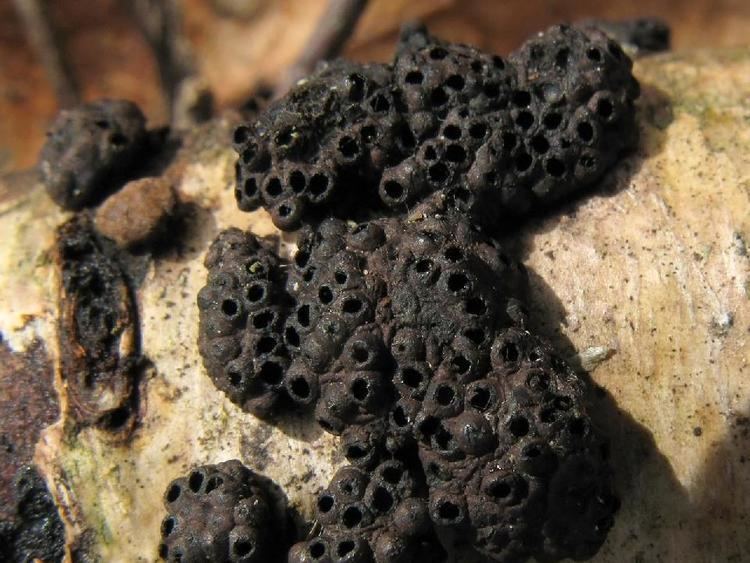 | ||
Lower classifications | ||
04 andrew miller et al overview of the sordariomycetes
Sordariomycetes is a class of fungi in the subdivision Pezizomycotina (Ascomycota), consisting of 28 orders, 90 families, 1344 genera,.
Contents
- 04 andrew miller et al overview of the sordariomycetes
- Genera incertae sedis
- Familia incertae sedis
- References
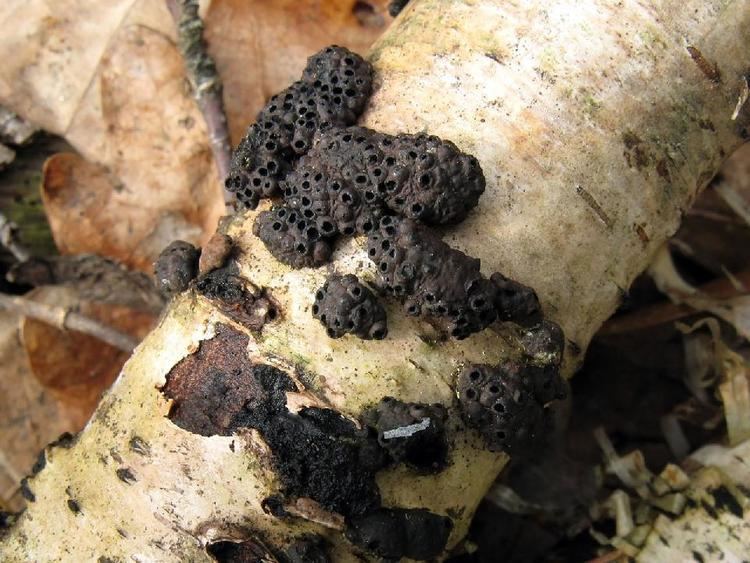
Sordariomycetes generally produce their asci in perithecial fruiting bodies.
Sordariomycetes are also known as Pyrenomycetes, from the Greek πυρἠν - 'the stone of a fruit' - because of the usually somewhat tough texture of their tissue.
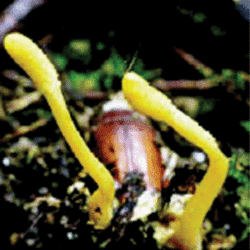
Sordariomycetes possess great variability in morphology, growth form, and habitat. Except for having perithecial (flask-shaped) fruiting bodies, ascomata can be less frequently cleistothecial (like in the genera Anixiella, Apodus, Boothiella, Thielavia, Zopfiella), fruiting bodies may be solitary or gregarious, superficial, or immersed within stromata or tissues of the substrates and can be light to bright or black. Members of this group can grow in soil, dung, leaf litter, and decaying wood as decomposers, as well as being fungal parasites, and insect, human, and plant pathogens.
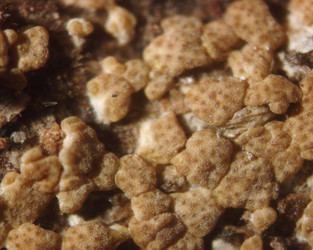
Genera incertae sedis
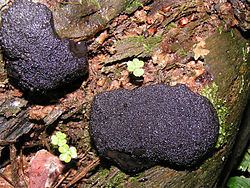
These 108 genera within the Sordariomycetes have an uncertain taxonomic placement (incertae sedis), according to the 2007 Outline of Ascomycota. A question mark preceding the genus name means the placement of that genus within this order is uncertain.
Abyssomyces – Acerbiella – Acrospermoides – Ameromassaria – Amphisphaerellula – Amphisphaerina – Amphorulopsis – Amylis – Anthostomaria – Anthostomellina – Apharia – Apodothina – Apogaeumannomyces – Aquadulciospora – Aquamarina – Aropsiclus – Ascorhiza – Ascoyunnania – Assoa – Aulospora – Azbukinia – Bactrosphaeria – Barrina – Biporispora – Bombardiastrum – Brenesiella – Byrsomyces – Byssotheciella – Caleutypa – Calosphaeriopsis – Caproniella – Chaetoamphisphaeria – Ciliofusospora – Clypeoceriospora – Clypeosphaerulina – Cryptoascus – Cryptomycina – Cryptovalsa – Cucurbitopsis – Curvatispora – Dasysphaeria – Delpinoëlla – Diacrochordon – Dontuzia – Dryosphaera – Endoxylina – Esfandiariomyces – Frondisphaera – Glabrotheca – Heliastrum – Hyaloderma – Hydronectria – Hypotrachynicola – Immersisphaeria – Iraniella – Khuskia – Konenia – Kravtzevia – Kurssanovia – Lecythium – Leptosacca – Leptosphaerella – Leptosporina – Lyonella – Mangrovispora – Melomastia – Microcyclephaeria – Mirannulata – Monosporascus – Myrmecridium – ?Naumovela – ?Neocryptospora – Neolamya – Neothyridaria – Oceanitis – Ophiomassaria – Ornatispora – Pareutypella – Phomatospora – Phyllocelis – Plectosphaerella – Pleocryptospora – Pleosphaeria – Pontogeneia – Porodiscus – Protocucurbitaria – Pulvinaria – Pumilus – Rehmiomycella – Rhamphosphaeria – Rhizophila – Rimaconus – Rhopographella – Rhynchosphaeria – Rivulicola – Romellina – Saccardoëlla – Sarcopyrenia – Sartorya – Scharifia – Scoliocarpon – Scotiosphaeria – Servaziella – Sporoctomorpha – Stearophora – Stegophorella – Stellosetifera – Stomatogenella – Strickeria – Sungaiicola – Synsphaeria – Tamsiniella – Thelidiella – Thyridella – Thyrotheca – Trichospermella – Trichosphaeropsis – Vleugelia – Zignoina
Familia incertae sedis
These are families in the Sordariomycetes whose taxonomic affinities are not sufficiently well known to be placed in any order.
